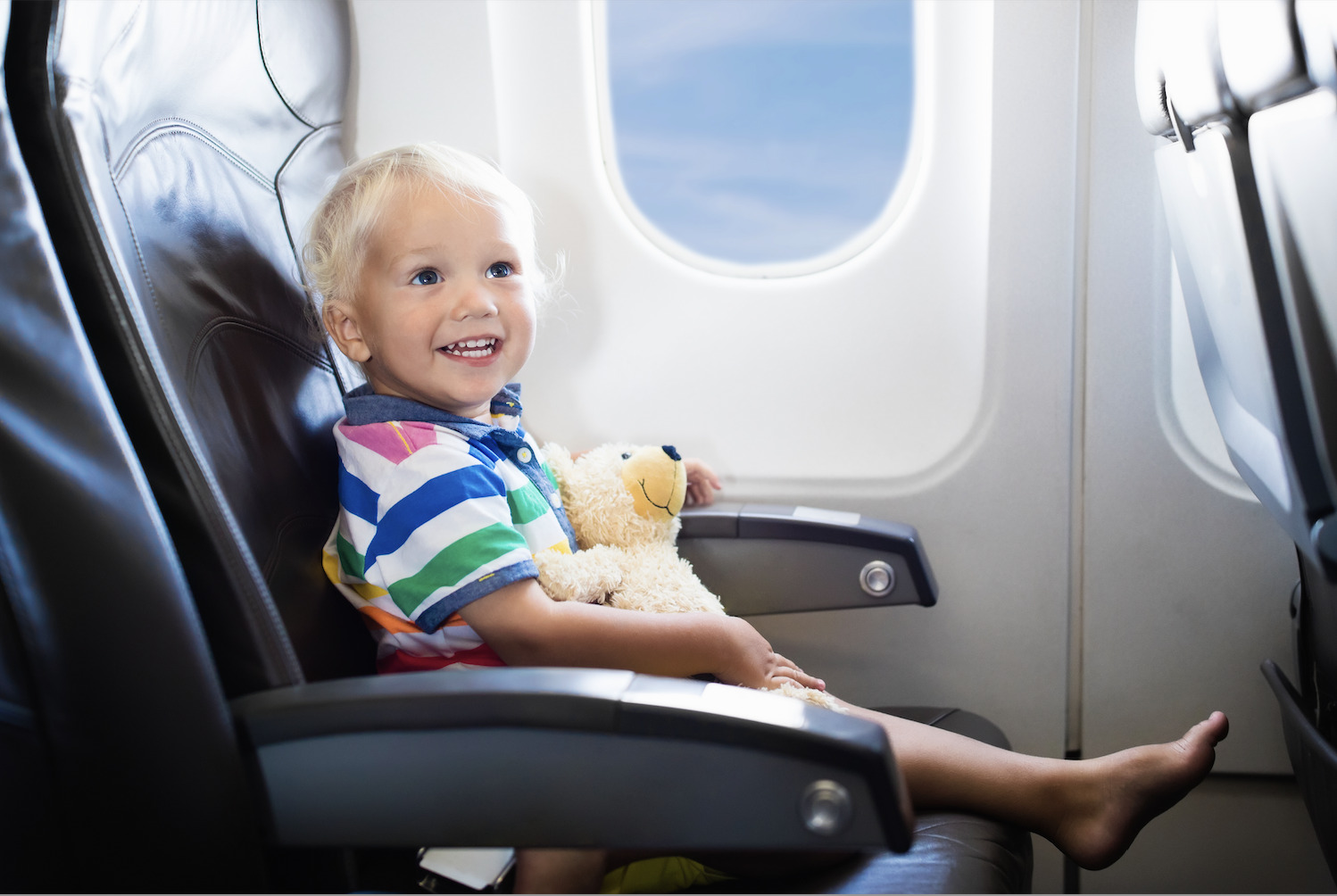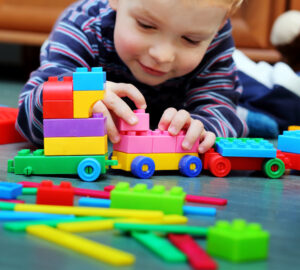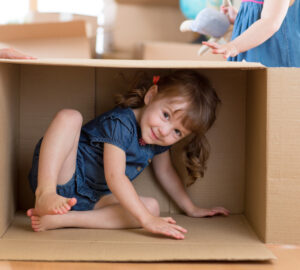
Family trips are exciting! They are also fraught with changes in routine, transitions, and unexpected events. Here are some tips to help you and your youngster to prepare for an upcoming trip:
- Create a preview of the trip. Look at pictures of where you will be going, such as your auntie’s house or a hotel. You may even want to make a small picture book together of the upcoming trip that your youngster can look through in the days/weeks leading up to the trip. This allows them to be prepared for what is coming up and creates anticipation.
- Pace out the excitement! Plan for days that are more relaxed as well as downtime during each day. This will help your child regulate all of the new experiences.
- Plan for the travel day. You can plan together what items will be important to take for the plane ride/car ride in advance and pack their backpack together.
- Body needs. Practice doing a “body scan” daily before your trip to teach your child to pause and tune-in to their body sensations.- Is their body hungry, thirsty, tired, or does it need to go to the bathroom?
- Sleep supports. Plan together if there are any items that will help your child to sleep on the trip and pack them.
- Movement. If you have a long day of travel, try to have your child do robust physical activity the day before to help get their wiggles out, as well as have short movement breaks in the day.
- Comfortable clothes. Pick out travel clothes in advance with your child and go for what your child feels comfortable wearing.
- Headsets. Consider bringing headsets for your youngster to block out noisy environments and listen to audio stories and songs.
- Keep your routines. Try to stick to your regular sleep and eating routines while on your trip. If your child is particular about food, bring food you know they are likely to eat.
- Daily check-in. Check-in with your youngster to let them know what is coming up for the day, and give your child an opportunity to ask questions in advance.
- Daily quiet time. Take a mid-morning and mid-afternoon quiet time break where you wind down, snuggle and do quiet activities. This may involve having a snack under a tree or in the car. This break helps your child have the bandwidth to adjust to all of the exciting sights and sounds as well as unexpected events in the day.



